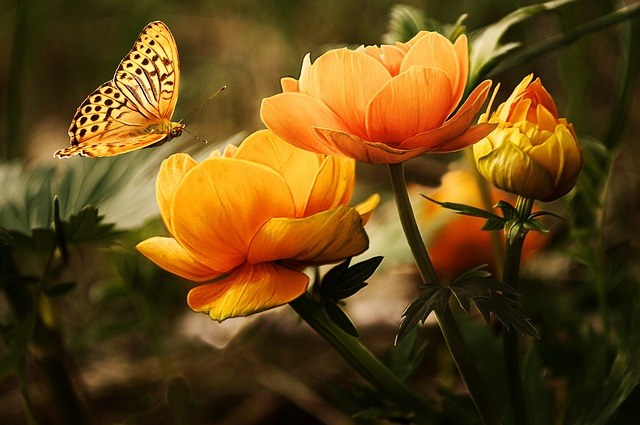1 Plants have the ability to produce oxygen and glucose, a sugar that serves as their main source of nutrition, through a process known as photosynthesis.
2 Diverse kinds: There are about 390,000 kinds of plants that have been identified, ranging in size from tiny mosses to enormous trees.
3 Production of Oxygen: On our world, plants are the main sources of oxygen. They release oxygen into the atmosphere through photosynthesis, which is necessary for the existence of many organisms, including humans.
4 therapeutic Value: Many plants have been used in traditional medicine for a long time and have therapeutic properties. Aloe vera, chamomile, and ginseng are some examples.
5 Habitat and Ecosystems: Plants are essential to many ecosystems because they provide homes and food for a wide variety of organisms. Additionally, they contribute to preserving the temperature, soil stability, and gas balance in their environment.
6 Food Source: Both people and animals mostly obtain their nourishment from plants. They offer vital elements such minerals, vitamins, and carbs.
7 Pollination is the process by which pollen grains are moved from a flower's male stamen to its female pistil. Pollination is how most plants reproduce. Seed development and fertilisation result from this process.


0 Comments